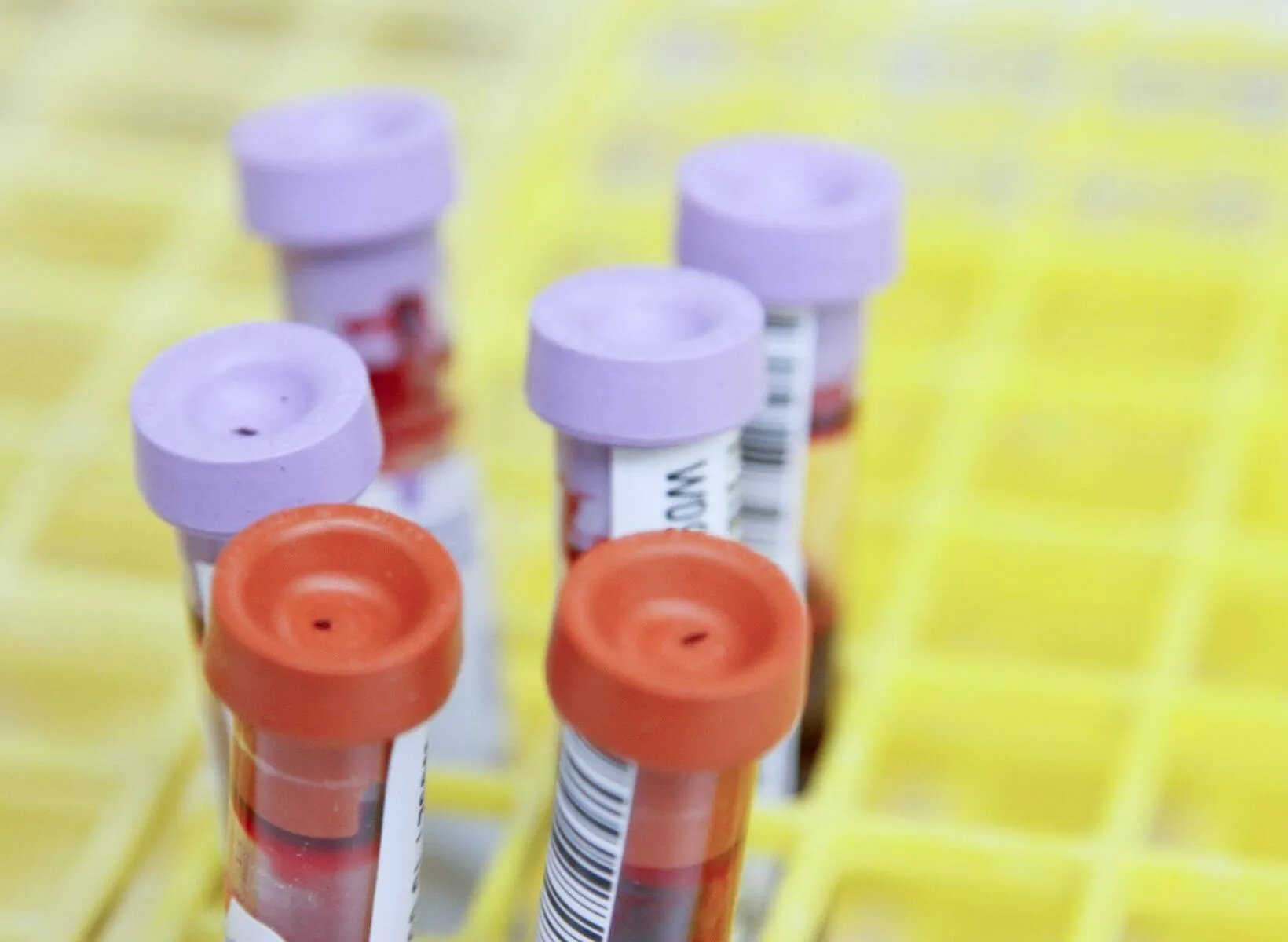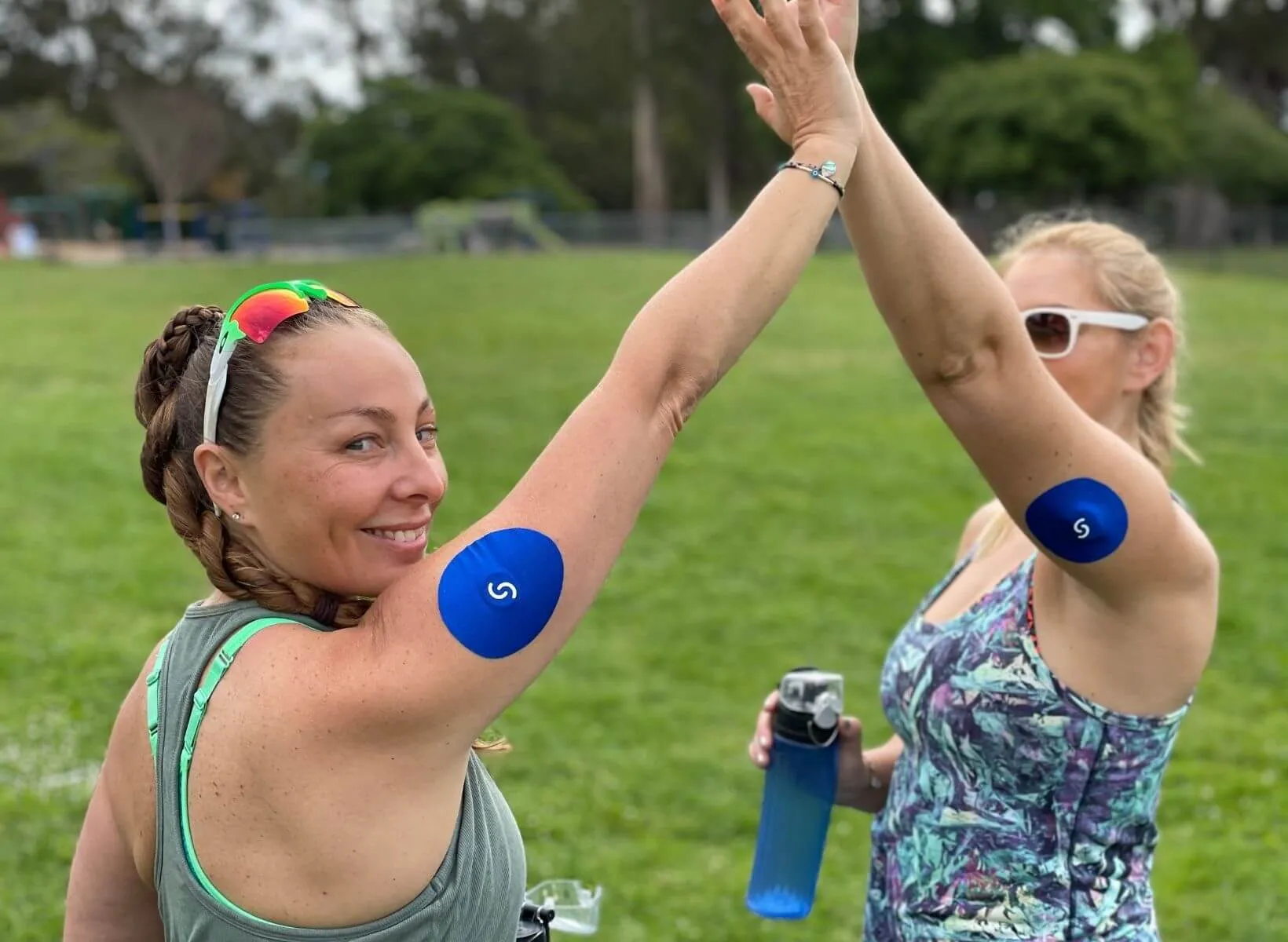Have you ever wondered if eating late at night impacts your weight loss success and progress? At Signos, we have data from thousands of members and started looking into the trends behind our members' glucose spikes. We noticed that Signos members who avoided glucose spikes after 6 pm were more successful with metabolic health and weight management.
This trend propelled our scientists to more specifically analyze member data to evaluate whether this was true across our members. Nine hundred and twenty-six individuals were included in the Signos research study, and the findings were definitive: the latest spike time (LST) proved to have a strong correlation with weight loss. The study found that the individuals who had an LST before 5:40 pm lost over three times as much weight as individuals who had an LST after 8:40 pm.
At Signos, we empower our members with data that shows them what is happening metabolically in real-time. Instead of playing the guessing game with your health, tap into data from your continuous glucose monitor (CGM) and take steps that make sense for your health situation.
Once you become a Signos member, you will have access to Signos Insights and Reports, a dashboard where you can view trends based on all the data your CGM has collected over specific periods.
{{mid-cta}}
What Are Insights?
%252520(1).webp)
In the Signos app, members can view trends (or insights) based on the data their continuous glucose monitor (CGM) receives. An individual’s current glucose is a great indicator of how recent actions have impacted their glucose and overall metabolic health. Other factors that impact metabolic health include insulin sensitivity, body composition (BMI), diet, sleep quality, stress levels, genetics, lifestyle factors (e.g., alcohol consumption and tobacco use), and gut health.
Insight Into Your Bio Data
Members can view six major data points in the Signos app's Insight tab.
1. Weight
.webp)
Studies show that regularly logging your weight can help you stay on track with your goals. It helps build awareness of how your body may change from week to week due to your behaviors. Though weight is just one marker of metabolic health, it can be a helpful window into your general progress.
If your goal is weight loss, medical literature suggests that losing one to two pounds per week is safe. However, check with your healthcare provider for more specific guidance if you have a special circumstance, like a chronic condition, that is actively being treated. If your goal is increased metabolic health, the aim is to maintain your current weight.
We know your health is much more than the number on the scale, but this data point is easy to track. Daily weight can fluctuate even by a few pounds based on factors like hydration, sodium intake, foods eaten in one day, stress, and sleep. It’s most important to pay attention to your own trends over time.
2. Average Glucose
.webp)
This metric shows your average glucose over your last 30 days of readings. If you are not prediabetic or living with type 2 diabetes, you want to aim for an average glucose of 80-110. Averages can go up and down depending on various factors (what you ate that day, the day before, hydration, how well you slept, etc.). It is important to watch the overall trend of your glucose.
3. Variability
.webp)
Glucose variability (GRV or GV), represented as a percentage, refers to the frequency and height of your spikes and dips in glucose throughout the day. It is calculated by looking at the ratio of the standard deviation to the mean (how much you fluctuate outside of your average range).
Your target variability will depend on your health and wellness goals. Aim to keep your GRV under 13% for weight loss and optimal metabolic health. If you are consistently below 13%, keep it up! Clinical data from research studies shows that higher GRV is associated with poorer metabolic health outcomes, while lower GRV is associated with increased lifespan independently of hemoglobin A1C levels.
4. Latest Spike Time (LST)
%252520(1).webp)
LST tracks the latest spike in your glucose levels daily and averages it over time. This helps you identify trends in your glucose spikes to fine-tune your approach and stay on course with your health goals. Our data shows members whose latest spike is before 6 PM lose the most weight.
5. Time in Range
.webp)
Time in Range (TIR) represents the amount of time you spend within your optimal glucose range within a day. This is represented in reports as a 30-day average of your daily Time in Range. Signos data shows that being in range at least 80% of the day will drive you closer to achieving your health goals.
6. Overnight Glucose
.webp)
Overnight glucose is an average of your most stable 6 hours during nighttime. Averages can go up and down depending on various factors (e.g., consuming a higher carbohydrate meal for dinner or eating late at night, poor sleep, alcohol, and higher stress levels). It’s important to watch the overall trend of your glucose.
Aim for an average overnight glucose of 70-100 mg/dL. However, averages can fluctuate depending on various factors (e.g., consuming a higher-carbohydrate meal for dinner or eating late at night, poor sleep, alcohol, and higher stress levels). Therefore, it’s important to watch the overall trend of your glucose.
<div class="pro-tip"><strong>Learn More: </strong><a href=mitigate-high-glucose-spikes>How to Mitigate High Glucose Spikes to Avoid Fat Storage</a>.</div>
Why Is LST Important?
Signos always analyzes and improves to support members' weight loss and metabolic health. As part of this work and based on thousands of members' glucose data, Signos found that avoiding glucose spikes late in the day is extremely helpful for losing weight. To make this information available to members, Signos has implemented this new metric, Latest Spike Time(LST), in the app and published this research to benefit others.
So What’s New?
%252520(1).webp)
If you see a question mark (?) on your insights graph, this is an indicator that Signos detected a meaningful spike outside of a logged meal. Signos calls these Points of Interest. The average Signos member has 2.3 POI per day. LST is the last detected POI on a given day. On the Insights page, you can view your average LST for the last seven days and your overall program length.
For optimal weight loss, Signos recommends avoiding spikes after 6 PM.
LST vs. GV and TIR
Signos provides members with many data points to help them better understand their glucose response and metabolic health. Glucose variability (GV) continues to be the best predictor for metabolic health and weight loss, but other metrics, like TIR and LST, are extremely helpful in specific circumstances.
LST, in particular, brings attention to a specific glucose pattern, late spiking, which members may want to monitor. For example, for a member who has already improved their GV/TIR and would like to continue improving their glucose response, looking at LST may help them take the next step in their wellness journey.
If You Like To Eat Later
Signos understands that members have different schedules. Any movement in your average LST is positive, even if you do not reach 6 PM. LST centers around the concept of avoiding large spikes later in the evening. Many members can avoid these large nighttime spikes by keeping their later meals higher in protein and fat and lower in carbohydrates.
Using a CGM with Signos: Real-Time Data, Backed by AI
Signos pairs a real-time glucose biosensor with AI trained on tens of millions of data points to deliver personalized, science-backed guidance for weight management and health. See exactly how your body responds, and take action.
Learn how it works. Ready to get started? Join now.
<div class="pro-tip"><strong>Also Read: </strong><a href=how-long-lower-blood-sugar-spike>How Long Does it Take to Lower Blood Sugar Spikes? A Guide</a>.</div>




.svg)










.svg)
.svg)
.svg)
.svg)
.svg)
.svg)
.svg)
